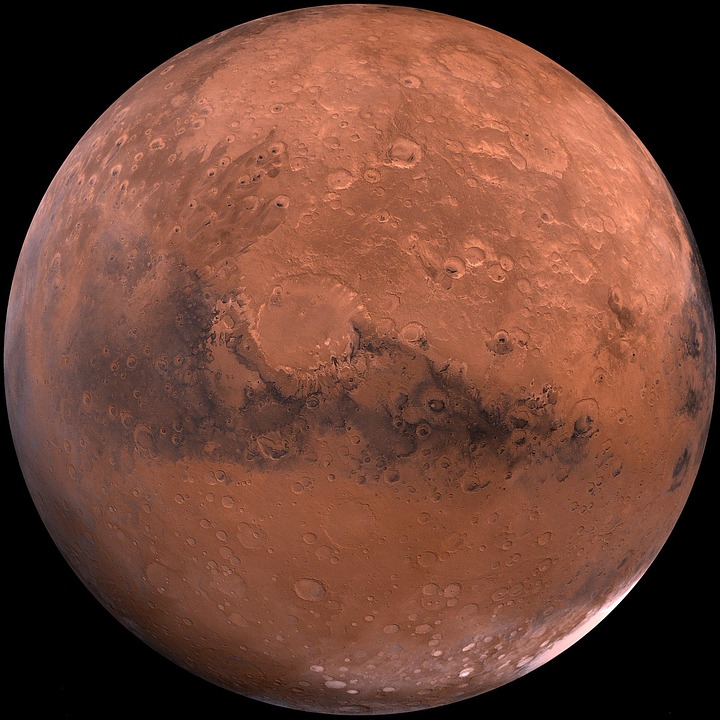Planetary Wonders: A Stargazer’s Guide to the Solar System
The vastness of space has always captivated humanity, inspiring countless generations to look up at the stars and ponder the mysteries of the universe. Among the celestial spectacles that dazzle our night skies, the planets of our solar system stand out as vibrant jewels, each with its unique characteristics and stories. This guide provides a closer look at these planetary wonders, the fascinating phenomena that surround them, and tips for aspiring stargazers eager to explore the cosmos.
The Solar System: An Overview
Our solar system is a complex and dynamic arrangement of celestial bodies orbiting the Sun, comprising eight major planets, their moons, dwarf planets, asteroids, and comets. The planets can be classified into two categories: terrestrial (rocky) and gas giants, each offering a unique set of features.
The Terrestrial Planets
-
Mercury:
- Distance from the Sun: Approximately 57.91 million kilometers
- Key Features: As the closest planet to the Sun, Mercury experiences extreme temperature fluctuations. Its surface is covered with craters, similar to our Moon, and it boasts a thin atmosphere made mostly of oxygen, sodium, and hydrogen.
-
Venus:
- Distance from the Sun: About 108.2 million kilometers
- Key Features: Often called Earth’s "sister planet," Venus is shrouded in thick clouds of sulfuric acid, making it the hottest planet in our solar system. Its surface is a volcanic landscape of mountains and valleys.
-
Earth:
- Distance from the Sun: Approximately 149.6 million kilometers
- Key Features: The only known planet with life, Earth boasts diverse ecosystems and a relatively stable climate. Its beautiful blue oceans and green landscapes can be spotted easily when viewed from space.
- Mars:
- Distance from the Sun: Roughly 227.9 million kilometers
- Key Features: Known as the "Red Planet" due to its iron oxide-rich soil, Mars has the tallest volcano (Olympus Mons) and the largest canyon (Valles Marineris) in the solar system. Its potential for past microbial life intrigues scientists and explorers alike.
The Gas Giants
-
Jupiter:
- Distance from the Sun: About 778.5 million kilometers
- Key Features: The largest planet in the solar system, Jupiter is a gas giant predominantly made of hydrogen and helium. Its Great Red Spot is a massive storm larger than Earth, and it has a stunning system of rings and numerous moons, including the largest moon, Ganymede.
- Saturn:
- Distance from the Sun: Approximately 1.434 billion kilometers
- Key Features: Saturn is best known for its magnificent rings, made up of ice and rock particles. With over 80 moons, including the intriguing Titan, which has lakes of liquid methane, Saturn continues to be a focus for scientific exploration.
The Ice Giants
-
Uranus:
- Distance from the Sun: About 2.871 billion kilometers
- Key Features: With its distinct blue-green hue from methane in its atmosphere, Uranus has a unique rotational tilt, leading to extreme seasonal variations. Its ring system is faint but present, and it boasts 27 known moons.
- Neptune:
- Distance from the Sun: Roughly 4.495 billion kilometers
- Key Features: Neptune is famous for its deep blue color and intense storms, including the fastest winds recorded in the solar system. Its moon Triton is unique because it orbits Neptune in the opposite direction (a retrograde orbit).
Observing the Planets
Best Practices for Stargazing
-
Choose the Right Time: Clear nights away from city lights are ideal for stargazing. Certain planets are more visible at different times of the year, so keep track of their opposition when they are closest to Earth.
-
Use Binoculars or a Telescope: While many planets can be seen with the naked eye, using binoculars or a telescope offers an up-close view of planetary features and moons.
-
Find a Good Location: Parks, mountains, or areas far from urban pollution offer the best visibility of the night sky. Apps like Star Walk or SkySafari can help identify celestial bodies.
- Join a Stargazing Group: Local astronomy clubs often host events and viewing parties, providing access to telescopes and experienced stargazers who can share their knowledge.
Planetary Events to Watch For
- Conjunctions: Occurrences when planets appear close to one another in the sky.
- Oppositions: When a planet is directly opposite the Sun, making it more visible.
- Transits: Rare events when a planet passes directly in front of the Sun, visible as a small dot moving across the solar disk.
Conclusion
The planets of our solar system are not just distant points of light; they hold the keys to understanding the universe’s history and our place within it. Whether through a telescope or simply by looking up at the night sky, each planet invites us to explore its mysteries. So, grab a blanket, find a dark spot, and let the wonders of the cosmos unveil themselves to you, piece by fascinating piece. Happy stargazing!
This article provides a comprehensive guide to the planets of our solar system, designed to inspire and educate aspiring stargazers. For further reading and more detailed observations, [modern_footnote_source_link] can offer additional resources and insights into our celestial neighborhood.






















Add Comment